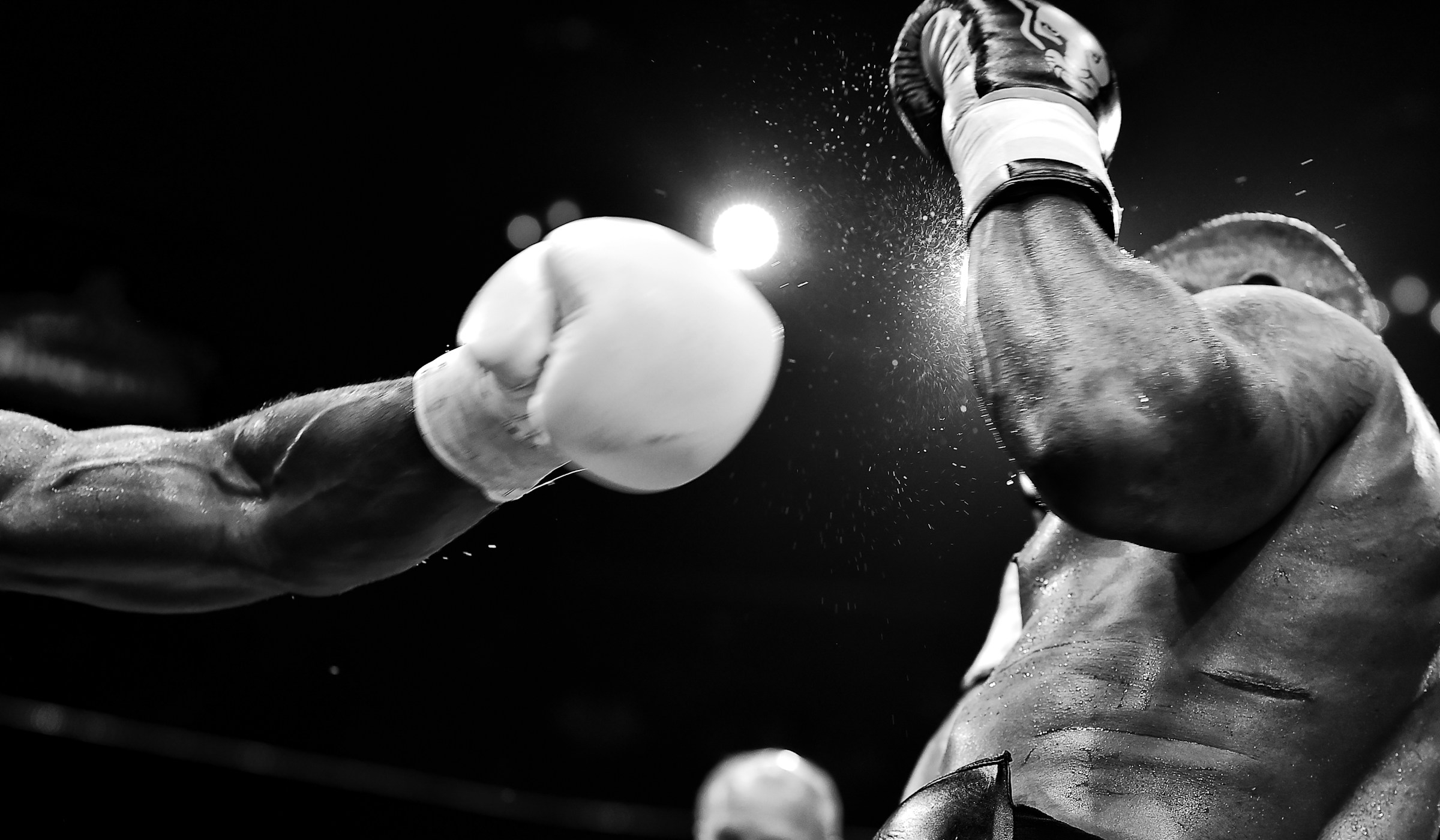
Introduction
Filming a fight scene is one of the most exciting and technically demanding aspects of filmmaking. Whether you’re working on a high-intensity action movie or a dramatic hand-to-hand combat sequence, the way you shoot, choreograph, and edit a fight scene can make or break its effectiveness. In this guide, we’ll break down every step of the process, from pre-production planning to post-production editing, to ensure your fight scenes look cinematic, intense, and professional.
Planning The Fight Scene
Before you start choreographing punches and kicks, it’s crucial to understand the purpose of your fight scene. Ask yourself:
- What is at stake for the characters involved?
- What emotions should be conveyed?
- How does this fight progress the story?
Fight scenes should never be just action for action’s sake; they should serve a narrative purpose, whether it’s a brutal brawl that defines a character’s transformation or a precise martial arts duel that highlights skill and honor.
Choosing a Fight Style
The style of combat should match the characters and the tone of your film. Consider different fight styles based on:
- Characters’ backgrounds: Are they trained fighters, street brawlers, or supernatural beings?
- Genre: A sci-fi movie may feature stylized, choreographed combat, while a war drama may focus on realistic, gritty encounters.
- Realism vs. Stylization: Do you want realistic MMA-style fights or highly choreographed martial arts sequences like in “John Wick”?
Choreographing the Fight
Work with a fight choreographer or stunt coordinator to design a safe yet compelling fight sequence.
- Break down the fight into beats: Structure it like a mini-story with a beginning, middle, and end.
- Incorporate character weaknesses and strengths: Make sure no two fighters move the same way.
- Use real martial arts techniques: Even if stylized, adding authentic moves will add credibility.
Selecting the Location
The setting can impact both the choreography and the visual style of the fight. Consider:
- Environmental props: Walls, furniture, and objects can be used in creative ways.
- Space constraints: Small rooms create close-quarters combat, while open areas allow for dynamic movement.
- Lighting and atmosphere: Will it be dark and moody or brightly lit?
Safety and Rehearsals
- Conduct thorough rehearsals before filming.
- Ensure actors and stunt performers are comfortable with the choreography.
- Use padding and stunt doubles when needed.
- Plan for emergency medical assistance in case of injuries.
Filming The Fight Scene
Choosing the Right Camera Techniques
The way you shoot a fight scene can drastically impact its intensity and clarity.
Camera Movements
- Handheld Camera: Adds realism and intensity, used effectively in movies like “The Bourne Identity.”
- Steadicam or Gimbal: Keeps the action smooth and cinematic.
- Dynamic Tracking Shots: Following the action enhances immersion.
- Over-the-Shoulder Shots: Puts the audience in the perspective of the fighters.
- Close-Ups vs. Wide Shots: Use close-ups for impact and wide shots to show full choreography.
Frame Rate Considerations
- 24 fps (standard cinematic look): Works well for most fight scenes.
- 48+ fps (higher frame rates): Useful for slow-motion sequences.
- Undercranking (lower frame rate): Creates a faster, more aggressive fight feel.
Effective Cinematography
- Shutter speed: A slightly higher shutter speed (e.g., 1/100 – 1/250) helps retain clarity in fast movements.
- Depth of field: A moderate depth of field ensures focus on fighters while maintaining background context.
- Lighting: Use dramatic lighting for intensity. Side or backlighting can enhance silhouettes and impact shots.
Staging and Blocking the Action
- Maintain the 180-degree rule: Avoid disorienting the audience by keeping camera placement consistent.
- Use foreground elements: Adds depth and enhances realism.
- Plan your shot list: Prioritize wide shots for clarity, close-ups for intensity, and medium shots for transitions.
Capturing Hits and Impacts
- Sell the hits with angles: Avoid showing direct contact unless necessary.
- Use reaction shots: Cut to the receiving actor’s reaction for impact.
- Sound design on set: Capture real sounds to enhance post-production effects.
Editing The Fight Scen
Pacing and Rhythm
- Keep the fight fast-paced but not chaotic.
- Use quick cuts for intensity but avoid over-editing.
- Let longer takes show off choreography when needed.
Sound Design and Effects
- Punch and kick sound effects: Layered sounds create a cinematic impact.
- Ambient sounds: Include breathing, grunts, footsteps, and clothing movement.
- Weapon sounds: If using weapons, ensure they sound weighty and realistic.
Enhancing the Scene with VFX
- Blood effects: Subtle digital blood can add realism.
- Camera shake: Light post-production shake can enhance impact.
- Slow motion or speed ramping: Use to emphasize key moments.
Music and Score
- Choose music that matches the fight’s tone.
- Silence can be powerful before a key strike.
- Avoid overpowering sound effects with music.
Common Mistakes To Avoid
- Overusing shaky cam: It can make the fight confusing rather than intense.
- Ignoring spatial awareness: Make sure the audience understands the geography of the fight.
- Lack of rehearsal: Poor choreography leads to unconvincing fights.
- Cutting too quickly: Let the audience see the action unfold.
- Neglecting character motivation: Every move should have a purpose.
Conclusion
Filming a fight scene is an intricate blend of choreography, cinematography, and editing. A well-executed fight scene should be immersive, serve the story, and engage the audience. By carefully planning your action, using the right filming techniques, and crafting a powerful edit, you can create a memorable and visually stunning fight scene that stands out in your film.
By following this guide, you’ll be well on your way to mastering the art of filming fight scenes. Now, grab your camera, rehearse those punches, and bring your action sequences to life!